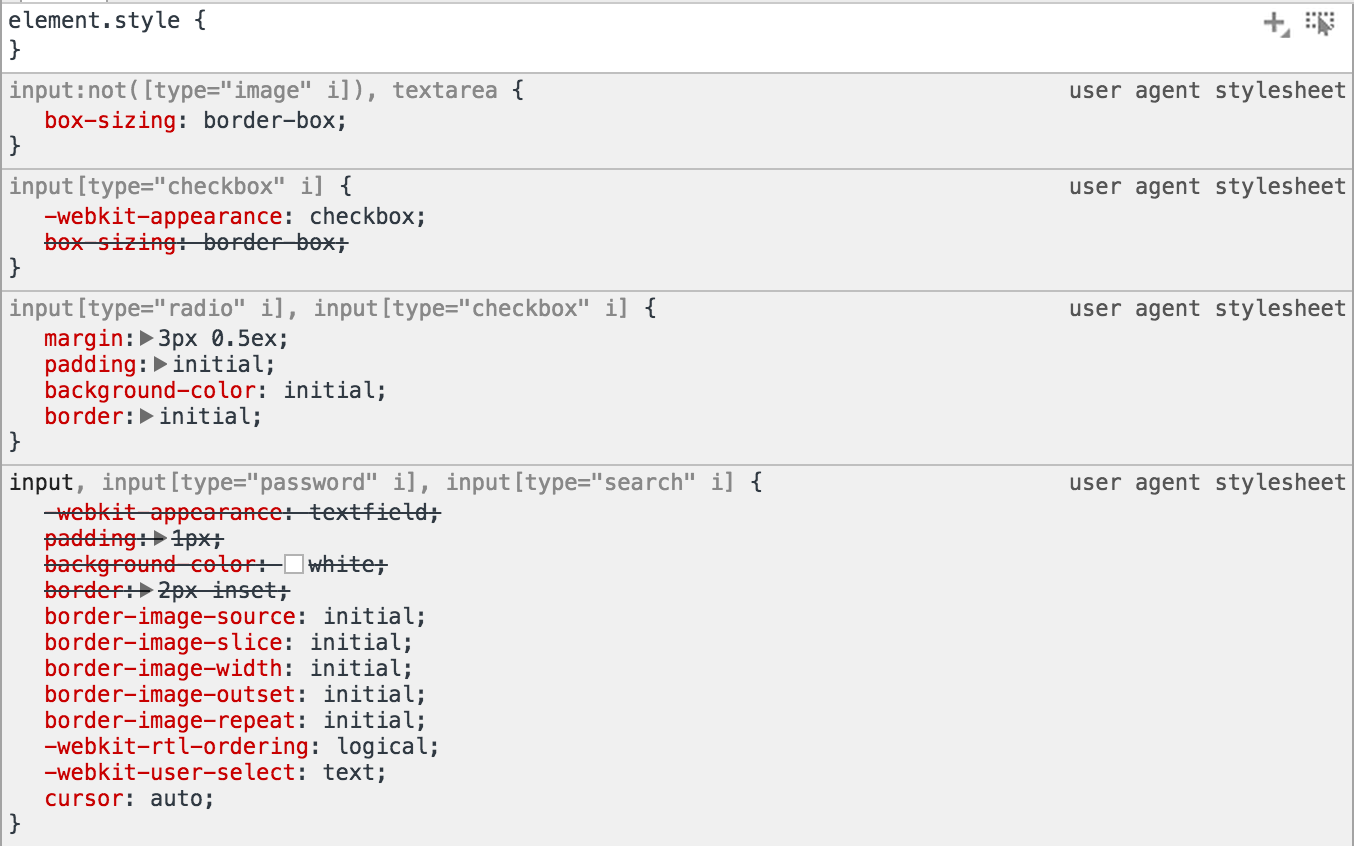
Google now offers a new design tool, the Google Designer. This web-based application can be used for interactive online ads. It is not a replacement for Photoshop but it can be used to create banner ads and lightboxes as well as interstitials. Google Designers will benefit from having a background with design.
Google Designer is designed to make designers' lives easier. It allows you quickly to create and publish projects. It allows you to create ads and export them. You can even preview them in your browser. You can choose from a variety of templates, or you can publish your ads yourself. Google's advertising software might be the best solution if your goal is to create simple online ads.
Google's design tool is similar to the Wix Editor. They are both standalone applications that offer a variety of templates to choose from. These templates were specifically created for AdWords.

Google Designer allows you to modify many of the settings on your website. You can also add widgets, such as chat boxes, to your web pages. Other users can also access your project plans and view the modifications you make.
Google Designer can be downloaded and installed for free. A web ad can be difficult for those who don't have a background in design. Google has provided templates for AdWords to help.
Beyond the obvious, Google Designer's true strength is its functionality. Not only can ads be created, but they can also be exported for use in other Google apps. For example, the designer can be used in Gmail to create customized Material Design.
Google Web Designer can help you improve the quality your online ads. With the help of its templates and tools, you can easily create amazing advertisements for your company. However, the application is still in beta. You will likely see updates in the future, but there is no replacement for Sites editor. Professional applications are recommended for AdWords campaigns.

Although the Google Designer has some great features, it still isn't without its faults. The dashboard isn't as intuitive as some of its competitors, and the icon overlaps aren't as solid as they could be. Furthermore, the animation is choppy when animates the width and height.
Even though it's not the best application out there, Google Designer can be a great option to create online advertisements. It is lightweight and has many interesting features. However, if you don’t need to build a website you may be better off using one of the many websites builders.
Although the Google Designer can be used for creating almost any online advertisement, the real test is how it helps you to create better ads.
FAQ
Is it more likely to be hired as a web developer if I have a good portfolio?
Yes. You must have a portfolio to be considered for a job in web development or design. The portfolio must show examples of your skills and experience.
A portfolio typically includes samples from your past projects. These samples can show off your ability to do any task. Your portfolio should include everything from mockups, wireframes, logos, brochures, websites, and even apps.
How do I choose the right domain name?
It is crucial to choose a great domain name. If your domain name is not great, people won't be able to find you easily when they search the internet for your product.
Domain names should be short, easy to remember, relevant to your brand, and unique. Ideally, you want something that people would type into their browser.
Here are some tips for choosing a domain name:
* Use keywords related your niche.
* Avoid using hyphens (-), numbers and symbols.
* Don't use.net or.org domains.
* Never use words that have already been used.
* Avoid using generic terms like "domain"/website.
* Make sure it is available.
What Websites should I make?
It all depends on what your goals are. If you are looking to build a business from your website, it may be beneficial to focus on selling online products. To make this happen, you'll need a reliable eCommerce website.
Blogs, portfolios, forums, and other types of websites are also popular. Each one of these websites requires different skills. If you are looking to start a blog, then you need to know about blogging platforms like WordPress and Blogger.
When you choose a platform, you will also need to figure out how to customize the look of your site. There are many templates and themes available that can be used for free on each platform.
Once you have selected a platform you can add content to your website. Pages can include images, videos, text and links.
You can publish your website online once you have launched it. Your site is now available for visitors to view in their browsers.
How to design your website?
It is important to first understand your customers and what your website should do for them. What are your customers looking for?
What issues might they be facing if they can't locate what they're looking at on your site.
Now you need to figure out how you can solve these problems. It is also important to ensure your site looks great. It should be easy to navigate.
Your website should be well-designed. It should not take too much time to load. If it does take too long, people won't stay as long as they would like to. They will go elsewhere.
It is essential to determine where all your products reside before you start building an eCommerce website. Are they in one place? Are they all in one place?
Decide whether you plan to sell one product at a time or several products. Do you want to sell just one type of product or multiple kinds?
After you've answered these questions, it is possible to start building your website.
Now it is time to focus on the technical side. What will it take to make your site work? It will it work fast enough? Can they access it quickly via their computers?
Will they be able buy anything without having pay an extra fee? Is it necessary for them to register before they are able to purchase anything?
These are the essential questions you should ask yourself. These are the questions that you need to answer in order to be able move forward.
Statistics
- The average website user will read about 20% of the text on any given page, so it's crucial to entice them with an appropriate vibe. (websitebuilderexpert.com)
- It enables you to sell your music directly on your website and keep 100% of the profits. (wix.com)
- Did you know videos can boost organic search traffic to your website by 157%? (wix.com)
- Studies show that 77% of satisfied customers will recommend your business or service to a friend after having a positive experience. (wix.com)
- It's estimated that in 2022, over 2.14 billion people will purchase goods and services online. (wix.com)
External Links
How To
What is website hosting?
Website hosting refers to where people go when they visit a website. There are two types.
-
Shared hosting is the cheapest. Your website files reside in a server managed by another company. Customers visit your website and send their requests over the Internet to this server. The request is then handed to the owner of that server.
-
Dedicated hosting is the most expensive option. Your website will reside on a single server. There are no other websites sharing space on the server. Your traffic remains private.
Shared hosting is cheaper than dedicated hosting for most businesses. With shared hosting, the company that owns the server provides the resources needed to run your website.
Each option has its pros and cons. Here are some key differences between them.
Shared Hosting Pros
-
Lower Cost
-
Easy To Set Up
-
Frequent Updates
-
It can Be Found On Many Web Hosting Companies
You can get shared hosting for as low as $10 per monthly. However, this price typically includes bandwidth. Bandwidth refers to the amount of data you can transfer across the Internet. You may have to pay extra for large amounts of data, even if your blog only contains photos.
Once you start, you'll quickly realize why you were paying so much for your previous host. Most shared hosts don't offer any customer support. Although their techs may help you with setting up your site, it's not a common practice.
A provider with 24-hour telephone support is a good choice. They will help you deal with any issues that arise while your sleeping.
Dedicated Hosting Cons:
-
More Expensive
-
Less Common
-
Specific Skills Required
With dedicated hosting, you get everything you need to run your website. You won't have to worry about whether you're using enough bandwidth or whether you've got enough RAM (random access memory).
This means that you'll spend a bit more upfront. However, once you start running your business online, you'll find that you won't need much technical assistance. You'll be able to manage your servers effectively.
Which Is Better for My Business?
The answer will depend on the type and purpose of your website. If you're selling products only, shared hosting might work best. It's very easy to setup and maintain. A server shared with several other sites means that you will receive frequent updates.
If you want to create a community around a brand, dedicated hosting may be the best choice. You can focus on building your brand without worrying about handling your traffic.
Bluehost.com is the best web host for both. They offer unlimited monthly data transfers and 24/7 support. You can also register domain names for free.